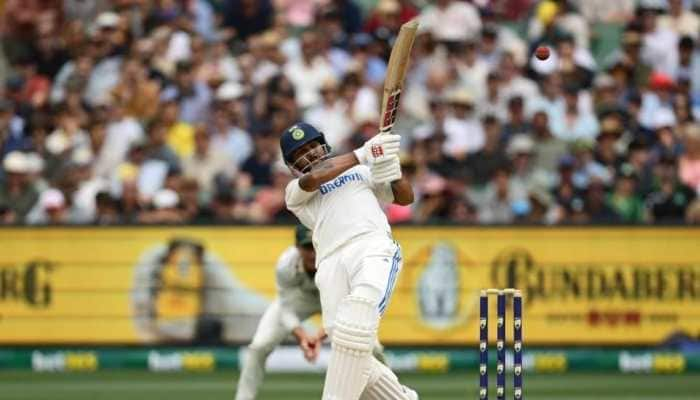Banks moving past worst asset quality cycle, outlook stable: Moody's
India's banking system outlook is likely to be stable over the next 12-18 months as the pace of formation of bad loans is expected to decrease compared to last five years, global rating agency Moody's said Monday.
Trending Photos
)
Mumbai: India's banking system outlook is likely to be stable over the next 12-18 months as the pace of formation of bad loans is expected to decrease compared to last five years, global rating agency Moody's said Monday.
Under the asset quality recognition (AQR) of the Reserve Bank, lenders have recognised a major portion of their non-performing assets (NPAs) or bad loans, it said.
"The pace of deterioration in asset quality over the next 12-18 months should be lower than what was seen over the last five years, especially compared to the fiscal 2015-16, even as we take into account some remaining problem loan under -recognition in a handful of large accounts," Moody's Vice- President and Senior Credit Officer Srikanth Vadlamani told reporters here.
Aside from these legacy issues, the underlying asset trend for Indian banks will be stable because of a generally supportive operating environment, he added.
Moody's said the stable outlook for the banks over the next 12-18 months reflects its assessment that the system is moving past the worst of its asset quality down cycle.
The credit rating firm today released a report -- 'Banking System Outlook -- India: Bottoming Asset Cycle, Strong Liquidity Support Stable Outlook'.
The agency rates 15 banks in the country that together account for around 70 percent of system assets. The ratings outlook on 11 of the banks is positive.
Vadlamani expects net interest margins (NIMs) of banks to stabilise, given the expectation of limited policy rate cuts over the next 12 months, with an upside risk coming from current changes in portfolio mixes in favour of higher yielding retail loans.
"Credit costs will also remain high for the sector, including for some private sector banks, but will be no higher than in recent years for the industry overall."
Indian banks' capital strength will continue to show divergence between the weak public banks and the far stronger private lenders, he said.
State-owned banks will require significant external infusions of equity capital over the next three years.
"For state-run banks to have a credit growth of 12-15 percent over the next three years, equity capital requirement will be of USD 1.2 trillion," he said.
The PSU banks have not been able to demonstrate access to the equity capital markets, while the announced capital infusion plans of the Government fall short of the amount required for full recapitalisation, Vadlamani said.
"A potential way to bridge this capital shortfall would be to slow loan growth to the low single digits over the next three years," he said.
Vadlamani said that while some private banks would also be
burdened by deteriorating asset quality over the next 12-18 months, their high starting levels of capital ? as well as high core profitability ? will help them preserve their current elevated capital levels.
Moody's said funding and liquidity remains a bright spot, and will get supported by its expectation of relatively subdued loan growth in the system during this outlook.
It believes the state-owned banks will receive a very high level of systemic support, irrespective of their size.
"Recent Government capital allocations, wherein weak smaller banks received a disproportionately higher share of capital, supports this view," it said.
In July this year, the government infused Rs 22,915 crore in to 13 PSU lenders.
The rating agency said that for private banks, support will be determined by their systemic importance, and ranges from moderate to very high for its rated universe.
Moody's said it expects limited policy rate cuts over the next 12 months, which should help stabilise Net Interest Margin (NIMs).
Stay informed on all the latest news, real-time breaking news updates, and follow all the important headlines in india news and world News on Zee News.
Live Tv







)
)
)
)
)
)
)
)
)
)
